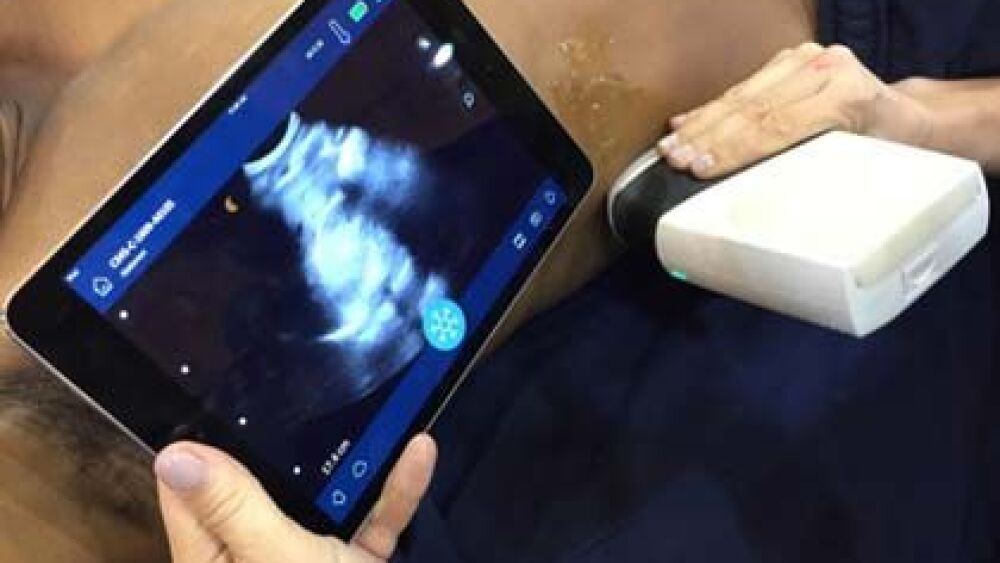By Tom Corwin
The Augusta Chronicle
AUGUSTA, Ga. — When Drs. Matthew Lyon and Robert Gibson went looking for a cheap, portable 3-D ultrasound to use in their research, they couldn’t find one. So they are making their own and, in the process, could come up with a device that can be used on the sidelines to more conclusively diagnose concussions and other head injuries in sports.
The Augusta University team has a $350,000 Small Business Innovation Research grant to develop a chip that can be added to a traditional ultrasound transducer to turn it into a 3-D transducer. While 3-D and even 4-D ultrasound already exist, they are larger machines that can cost hundreds of thousands of dollars and are not practical to use in the field, Lyon said. That’s what the AU researcher ran up against when they went looking for a portable 3-D ultrasound to use in their research, he said.
“Even leasing it was $10,000 a month for the equipment,” Lyon said. “Buying it was about $250,000. So we had to go back and build a device to do the research we needed to do.”
What they are envisioning now is using a standard 2-D ultrasound transducer and altering it by adding inertial measurement unit sensors. Those can sense movement in different directions and are used in navigation and in technology such as cellphones to sense a change in position and will allow those using the device to see changes in the body dynamically, Lyon said. For instance, it could be a transducer with the new sensors that plugs into a tablet.
“This is a low-cost ultra-portable machine,” Lyon said, pointing to the transducer and tablet. “It would turn this machine into a 3-D ultrasound. So you could take this anywhere you go, in an ambulance, or if you were at the field side with somebody who had an injury playing sports. It can go anywhere you can go.”
The first use would probably be research, he said. In this case, the researchers are looking at the optic nerve sheath behind the eye, whose diameter increases in response to increased intracranial pressure under duress.
The researchers are looking to see whether changes in the optic nerve sheath can be proxy for whether a person has had a concussion or other brain injury. The researchers have found that if a person has a history of concussion and does something deliberately forceful, such as attempting to exhale while keeping the mouth and nose firmly closed, the sheath will dilate, while it won’t in someone without that history, Lyon said. The researchers will be working over the summer with mixed martial arts fighters and boxers to help them determine whether they have had true concussions and what might be the cumulative damage from those blows, he said.
Ultimately, having a clinical test for concussions would be very helpful in sports, Lyon said. Georgia’s Return-To-Play Law, for instance, requires a youth to be removed if deemed to have suffered a concussion. But how that is determined is often based on questioning that can be subject to interpretations and many other states have laws that players be kept out different numbers of days.
“It is very arbitrary,” Lyon said. “The problem is it is so restrictive. With the second concussion, you are out for the season. It is so restrictive that players won’t report it because they don’t want to be out. It’s so restrictive that it doesn’t allow for any flexibility.”
The hope is not only for a test but perhaps also for it to be used as a screening tool, he said.
“Everybody has a different threshold for concussion,” Lyon said. “Hopefully, what we will be developing is either a test that helps you know susceptibility or to determine you have had an injury so you know to keep them out of play.”
Copyright 2017 The Augusta Chronicle












